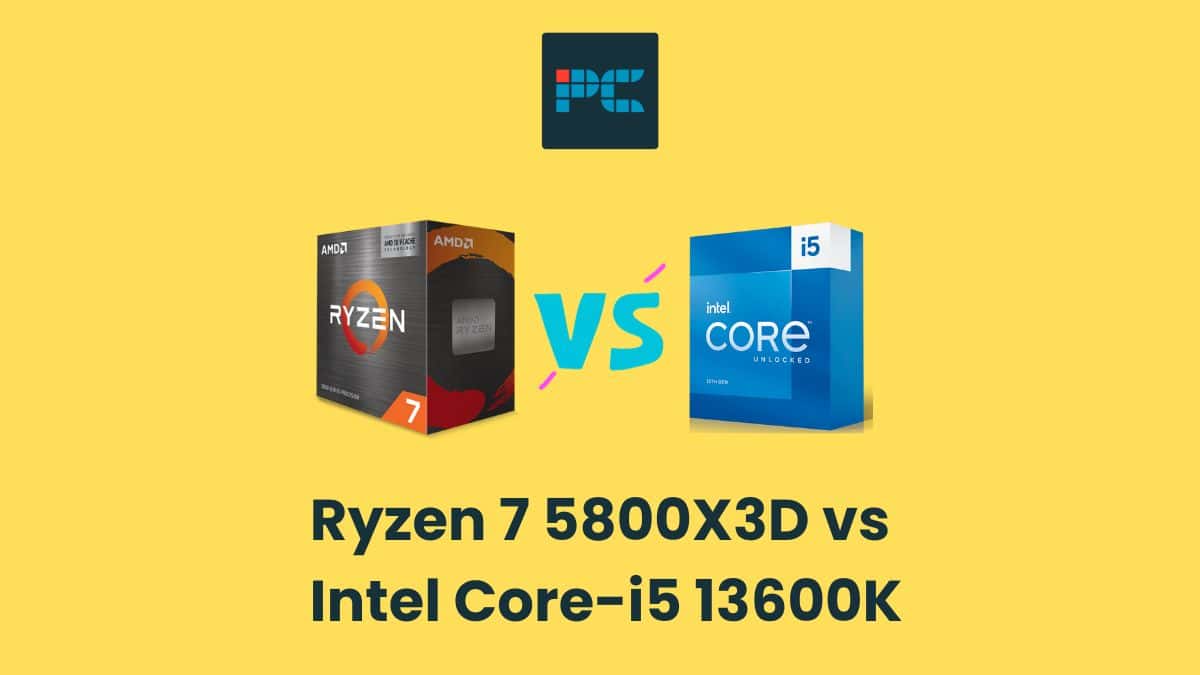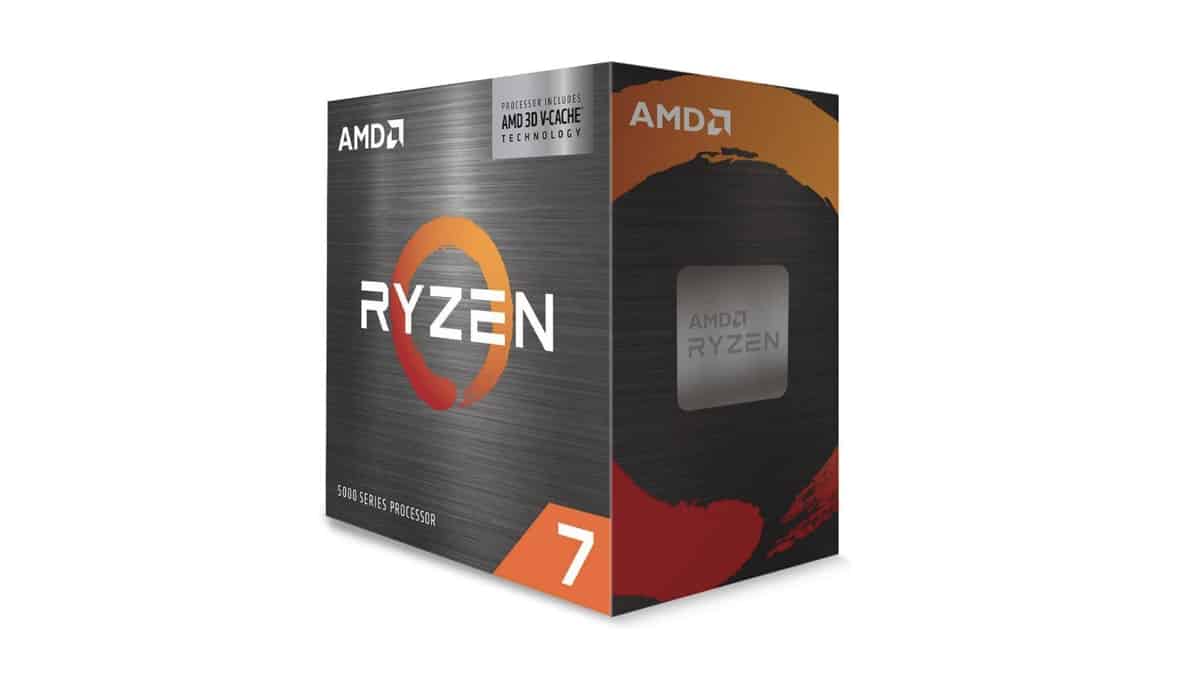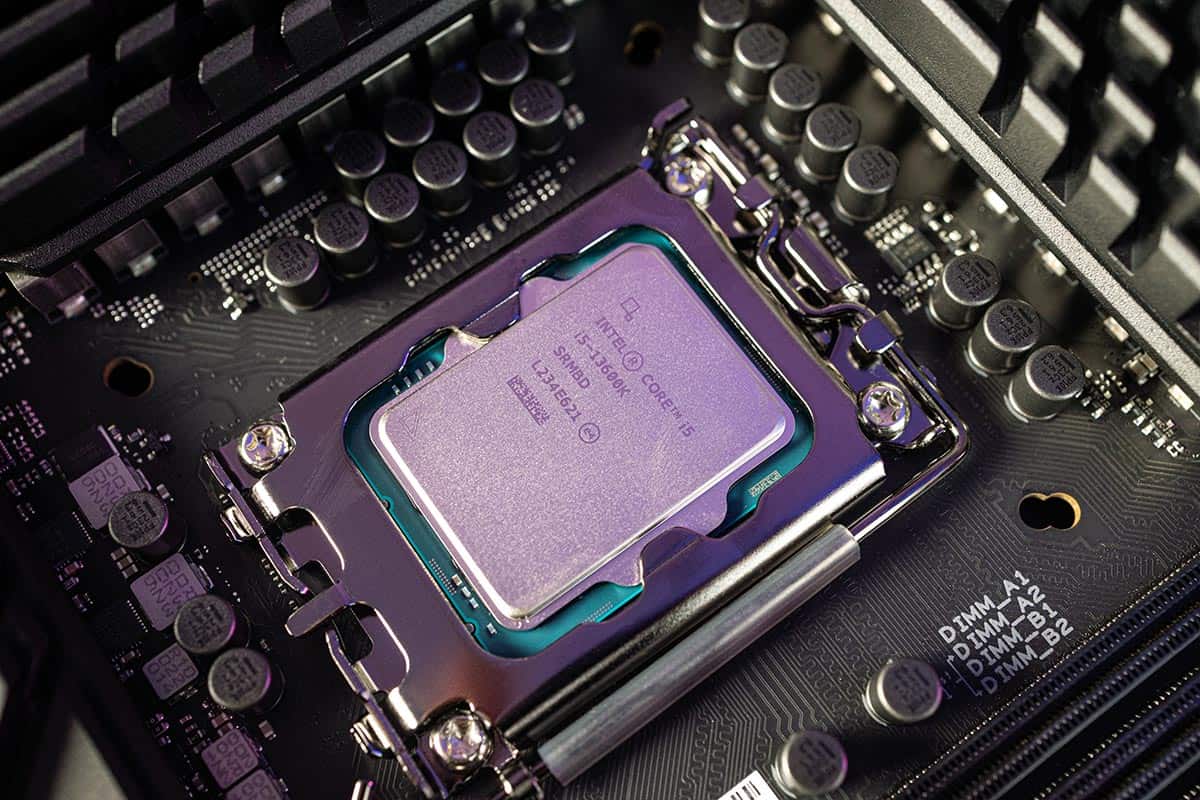Ryzen 7 5800X3D vs Intel Core-i5 13600K – can AM4 win?

Table of Contents
In the Ryzen 7 5800X3D vs Intel Core-i5 13600K showdown, we’re pitting AMD’s renowned gaming CPU against Intel’s mid-range contender to see which comes out on top. This article aims to provide a clear-cut comparison of these two processors, focusing on their strengths, weaknesses, and overall value.
Whether you’re a dedicated gamer, a power user, or just looking for the best option for your next PC build, understanding the nuances of this face-off is crucial in making the right choice. We’ll delve into their specifications, performance metrics, and pricing to help you decide which CPU best aligns with your computing needs.
Prime Day is finally here! Find all the biggest tech and PC deals below.
- Sapphire 11348-03-20G Pulse AMD Radeon™ RX 9070 XT Was $779 Now $739
- AMD Ryzen 7 7800X3D 8-Core, 16-Thread Desktop Processor Was $449 Now $341
- ASUS RTX™ 5060 OC Edition Graphics Card Was $379 Now $339
- LG 77-Inch Class OLED evo AI 4K C5 Series Smart TV Was $3,696 Now $2,796
- Intel® Core™ i7-14700K New Gaming Desktop Was $320.99 Now $274
- Lexar 2TB NM1090 w/HeatSink SSD PCIe Gen5x4 NVMe M.2 Was $281.97 Now $214.98
- Apple Watch Series 10 GPS + Cellular 42mm case Smartwatch Was $499.99 Now $379.99
- ASUS ROG Strix G16 (2025) 16" FHD, RTX 5060 gaming laptop Was $1,499.99 Now $1,274.99
- Apple iPad mini (A17 Pro): Apple Intelligence Was $499.99 Now $379.99
*Prices and savings subject to change. Click through to get the current prices.
Ryzen 7 5800X3D vs Intel Core-i5 13600K: Specs
In comparing the specifications of the Ryzen 7 5800X3D and the Intel Core i5-13600K, we see two CPUs designed with different architectures and aimed at varied user requirements. The Ryzen 7 5800X3D, leveraging AMD’s Zen 3 architecture, features 8 cores and 16 threads. It operates at a base clock of 3.4 GHz, with the capability to boost up to 4.5 GHz.
On the other hand, the Intel Core i5-13600K showcases a hybrid architecture. It consists of 6 Raptor Cove high-performance cores operating between 3.9 GHz and 5.1 GHz (base and turbo modes), and 8 Gracemont high-efficiency cores running between 2.6 GHz and 3.5 GHz. This combination of performance and efficiency cores allows Intel to target a broader range of computing tasks.
| Ryzen 7 5800X3D | Intel Core-i5 13600K | |
| Cores/Threads | 8/16 | 14/20 |
| Base Clock | 3.4 GHz | 3.5 GHz |
| Boost Clock | 4.5 GHz | 5.1 GHz |
| Lithography | 7 nm TSMC | 10 nm Intel |
| TDP | 105W | 125 W |
| Cache L3 | 96 MB | 24 MB |
| MSRP | $449 | $319 |
Another point of differentiation is the lithography used in these processors. The Ryzen 7 5800X3D is built on a 7 nm process by TSMC, while the Intel Core i5-13600K uses Intel’s 10 nm process. The TDP (Thermal Design Power) also varies, with the Ryzen 7 5800X3D at 105W and the Intel Core i5-13600K slightly higher at 125W. Both feature internal graphics, but it’s worth purchasing a separate GPU to optimize your PC’s performance.
In terms of pricing, the Ryzen 7 5800X3D was introduced at a higher MSRP of $449, while the Intel Core i5-13600K came in at a more budget-friendly $319. This price gap is a significant factor for users balancing performance with cost, especially considering the diverse architecture and capabilities of each CPU.
Ryzen 7 5800X3D vs Intel Core-i5 13600K: Performance
In evaluating publicly available hardware benchmarks, a nuanced picture of performance emerges between the Ryzen 7 5800X3D and the Intel Core i5-13600K. In synthetic benchmarks and professional workload tests, the Intel Core i5-13600K generally takes the lead over the Ryzen 7 5800X3D. However, this superior performance does come with certain trade-offs, notably in the form of higher power consumption and increased heat generation.
Gaming benchmark results tell a different story. Here, the Ryzen 7 5800X3D demonstrates its strength and CPU speed. Publicly available gaming performance data often shows the Ryzen holding a slight edge over the Intel Core i5-13600K. For instance, in 1080p gaming scenarios, the Ryzen is seen to average around 282 FPS, compared to Intel's 275 FPS.
This trend continues at 1440p, with Ryzen maintaining a lead, albeit a narrower one. These results are particularly noteworthy when considering the usage of high-end GPUs like the GeForce RTX 4090, where the CPU’s ability to keep up with the GPU becomes crucial.
Ryzen 7 5800X3D vs Intel Core-i5 13600K: Price
The Intel Core i5-13600K positions itself as a more budget-friendly option compared to the Ryzen 7 5800X3D. Intel’s approach in this latest generation showcases a commitment to offering powerful CPUs at more accessible price points. This strategy is particularly appealing to users who are looking to build or upgrade their systems, with better value components, without stretching their budgets too far.
However, the price difference between these two processors becomes more understandable when considering their performance disparities. The Ryzen 7 5800X3D’s superior gaming performance justifies its higher cost. While the Intel CPU offers excellent value, the Ryzen stands out as the best option for gaming enthusiasts who are willing to invest a bit more for top-tier performance.
Conclusion
In concluding this CPU comparison between the Ryzen 7 5800X3D and the Intel Core i5-13600K, it’s clear that each processor caters to different user priorities and budgets. The Intel Core i5-13600K, has a more attractive price point, representing a strong option for users seeking a balance between performance and cost.
It’s a versatile processor that performs admirably across a range of tasks, from general computing to gaming, making it a sensible choice for those on a tighter budget or with diverse computing needs.
However, when it comes to gaming performance, the Ryzen 7 5800X3D takes the lead. Its superior gaming capabilities, particularly in high-resolution scenarios, make it the top choice for serious gamers. The higher price of the Ryzen is justified by its enhanced performance in gaming.



